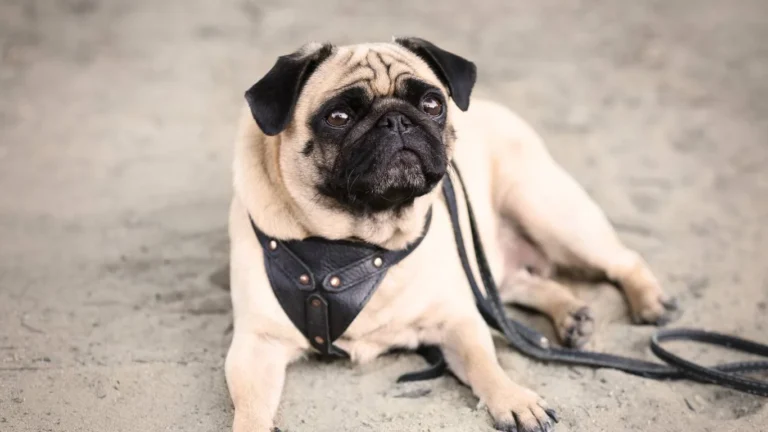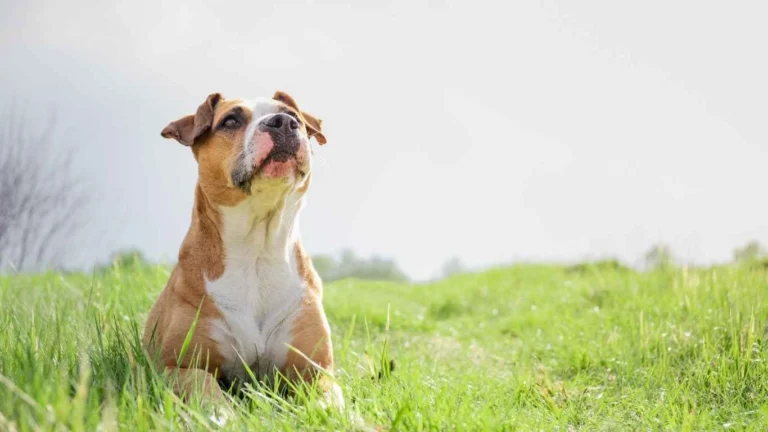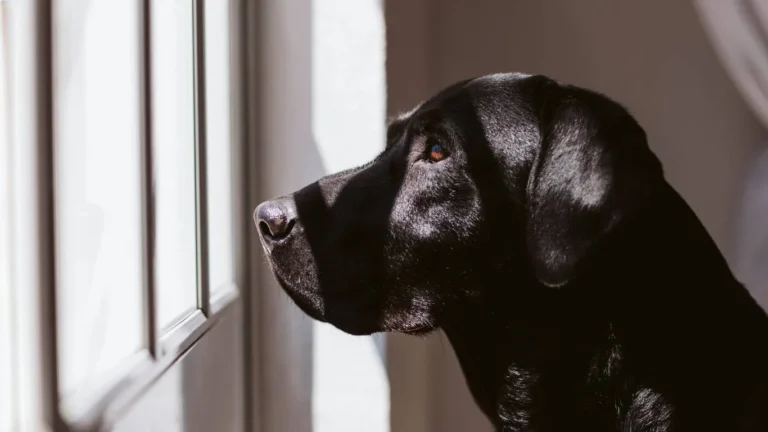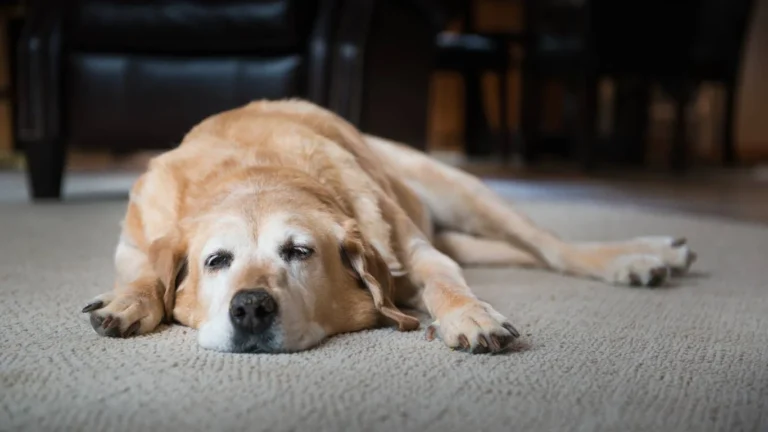What to Do if Your Dog Is Limping After a Walk: Urgent Tips You Need
We’ve all been there—out enjoying a nice walk with our dog, everything’s going great, and then suddenly… something’s off. They start limping, favoring one leg, or even refuse to walk at all. If you’re wondering what to do if your dog is limping after a walk, you’re not alone. As someone who’s spent years working as a Veterinary Assistant with a focus on nutrition, I’ve seen this exact situation unfold more times than I can count. It’s stressful, confusing, and often heartbreaking when your pup is hurting—but the good news? There’s usually a clear path to help them heal.
Common Causes of Limping in Dogs After a Walk
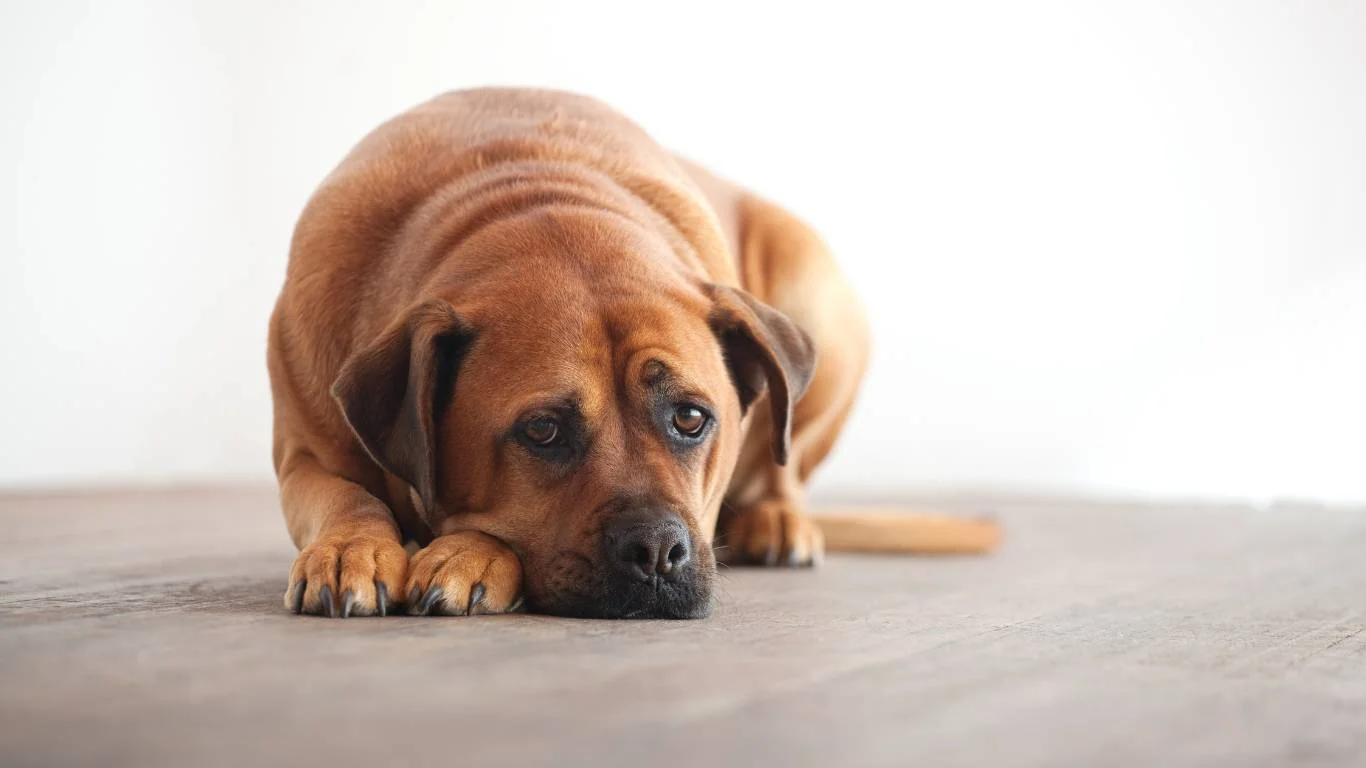
Before diving into solutions, let’s talk causes. Limping can be triggered by something as simple as stepping on a sharp object or as complex as joint disease. From my own experience in the clinic, a surprising number of limping cases came down to things that weren’t immediately obvious to the pet parent.
1. Paw Pad Injuries
These are more common than people think. Asphalt, hot pavement, sharp rocks, or even glass shards can tear or burn your dog’s paw pads. One Golden Retriever I saw had a deep cut that wasn’t bleeding much but was causing her a ton of pain. We had to gently clean it out, bandage it, and give her some time off her feet.
2. Muscle Strains and Sprains
Just like humans, dogs can overdo it. Especially if they’re older, overweight, or weekend warriors (you know the ones—they sprint like a rocket once a week then chill the rest of the time). A limp after a walk might just be a strained muscle that needs a bit of R&R.
3. Insect Stings or Bites
Another sneaky culprit. Bees, wasps, ants—you name it. Swelling and pain can develop within minutes, but it might not be obvious at first glance unless you’re really looking. I once had a client’s boxer come in limping only to discover a swollen paw from a wasp sting. Quick fix with antihistamines, and he was back to zoomies in no time.
4. Nail Problems
A cracked, torn, or overly long nail can easily cause limping. I had a dachshund patient who had curled nails pressing into his paw pads—he’d been walking with a limp for weeks before his owner brought him in. A trim made a world of difference.
- Check the paws thoroughly for wounds, debris, or swelling.
- Watch their gait—is the limp consistent, or does it come and go?
- Look for other symptoms like whining, licking the area, or swelling.
When to Worry: Signs It’s Time to See the Vet
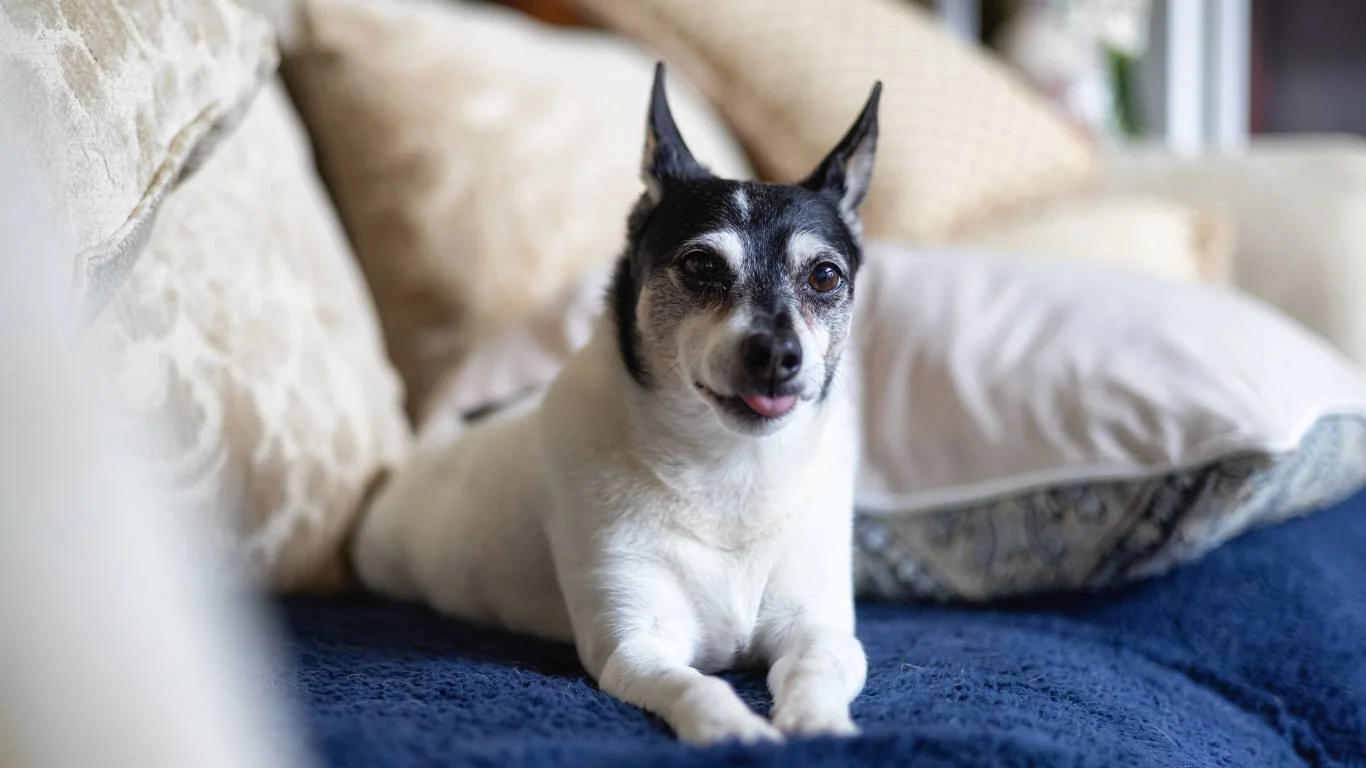
Sometimes it’s just a minor tweak, but other times it could signal something more serious. From my time assisting in the exam room, I’ve learned that pet parents often wait a bit too long, thinking it’ll resolve on its own. While that’s sometimes true, here’s when I recommend not playing the wait-and-see game:
- The limp lasts longer than 24-48 hours without any sign of improvement.
- Your dog refuses to bear weight on the leg entirely.
- You notice swelling, heat, or severe pain when touching the area.
- Your dog seems lethargic, loses appetite, or shows other behavioral changes.
In these cases, there might be an underlying issue like a fracture, ligament injury, or even an infection. Better to play it safe. Trust me, I’ve seen limps that turned out to be full cruciate ligament tears—something that definitely needs a vet’s touch.
First-Aid Steps to Try at Home
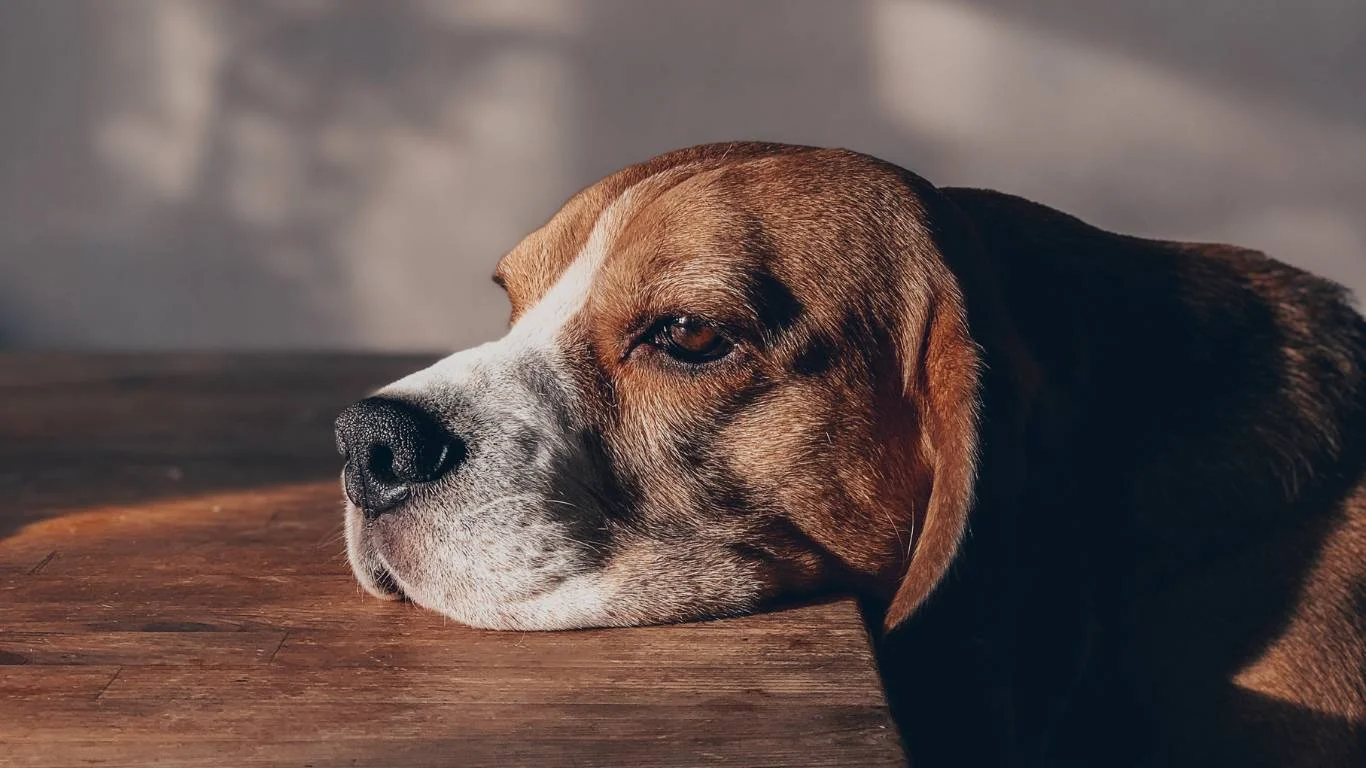
If it’s not an emergency situation and your pup isn’t in obvious distress, there are a few simple things you can do at home before rushing to the vet.
Do a Full Paw Check
Gently examine the paw for thorns, pebbles, or signs of irritation. Dogs can be squirmy, so treats help. If there’s a visible object like a splinter, you can try removing it carefully with tweezers—but if it’s deep, leave it to the pros.
Rest and Restriction
Limit your dog’s activity for 24-48 hours. That means no running, jumping, or long walks. It’s hard, especially with energetic pups, but short-term rest can make a big difference.
Cold Compress
If there’s any swelling, applying a cold compress (a bag of frozen peas wrapped in a towel works great) for 10-15 minutes can reduce inflammation. Just don’t let your dog chew it up—happens more often than you think!
How Nutrition Can Impact Recovery When Your Dog Is Limping

Now here’s a part of the recovery journey that people don’t talk about enough—nutrition. As someone who’s worked closely with veterinary nutrition for years, I’ve seen firsthand how a solid diet can speed up healing and reduce inflammation. It’s not just about feeding your dog “good food”—it’s about feeding the right food at the right time, especially if they’re recovering from a limp or an injury after a walk.
If you’re asking what to do if your dog is limping after a walk, don’t underestimate what’s in their bowl. I’ve had cases where adjusting a dog’s diet made a night-and-day difference in their joint stiffness and overall recovery time.
Anti-Inflammatory Foods & Supplements
These can work wonders for dogs with joint or soft tissue injuries:
- Omega-3 fatty acids: Found in fish oil, they help reduce inflammation naturally. I always keep a bottle of salmon oil handy for my own pups.
- Turmeric: A natural anti-inflammatory, but make sure it’s vet-approved and dosed properly.
- Glucosamine and chondroitin: These joint supplements support cartilage and ease pain over time—especially important for older dogs or those with recurring limping issues.
Don’t Forget Hydration
Sounds basic, but hydration plays a huge role in muscle recovery. Make sure your pup has easy access to clean, fresh water at all times—especially after a long walk.
Gentle Exercises to Help Your Dog Rebuild Strength

Once the pain and inflammation subside, gentle movement is key to prevent stiffness and rebuild strength. But—and this is big—timing and moderation matter. I’ve seen too many dogs get re-injured because they went back to full zoomies before their body was ready.
Start Slow, and Read the Signs
If your dog’s limp is improving, short leash walks on soft surfaces like grass are a good starting point. Avoid hills or stairs at first, and keep walks short and easy. You’re not training for a marathon here—you’re just easing their body back into action.
Hydrotherapy (If You Can Access It)
Water therapy is a game changer, especially for dogs with joint or ligament issues. I’ve seen arthritic Labs turn into happy swimmers with better mobility after just a few hydro sessions. If your local vet clinic offers it, definitely worth exploring.
Home Massage & Passive Range of Motion
Don’t worry, you don’t have to be a pro. Simple, gentle massage around the affected area can increase circulation and promote healing. You can also try softly bending and extending their limb (if they allow it) to prevent stiffness—just go slow and stop if they seem uncomfortable.
When Limping Becomes a Pattern

If you’ve noticed that your dog starts limping regularly after walks, even light ones, it might be time to dig a little deeper. Limping shouldn’t be part of your dog’s norm—and if it is, there’s usually a root cause that needs addressing.
Joint Disease or Arthritis
Especially in senior dogs or larger breeds, chronic limping can be a red flag for arthritis. One of our long-time patients, a gentle old Rottweiler named Max, started limping occasionally after walks. After a thorough exam and some X-rays, we confirmed early osteoarthritis. With the right supplements, weight control, and lifestyle tweaks, he stayed active and comfy well into his golden years.
Old Injuries That Didn’t Heal Right
Sometimes, what looks like a “new” limp is really an old injury flaring up. Ligament sprains or fractures that didn’t heal correctly can come back to haunt dogs. If your pup’s limp seems to come and go or always affects the same leg, it’s worth mentioning past injuries to your vet—even if they seemed minor at the time.
Weight & Exercise Imbalance
Overweight dogs are far more prone to limping and joint issues, especially after walks. It puts extra pressure on their bones and muscles. I always talk about the “Goldilocks” zone with pet parents—not too little activity, not too much, and the right amount of food to maintain a healthy weight. Balance is everything.
- Track your dog’s limping patterns—does it always happen after long walks?
- Bring up recurring symptoms during routine vet visits, even if they seem minor.
- Ask for a mobility assessment or pain scale exam if your gut says something’s off.
In my experience, advocating for your dog—even when the signs are subtle—can make a huge difference. I’ve seen pups go from hobbling to happy tails just because we caught something early.
Preventing Future Limping Episodes After Walks

Okay, so you’ve helped your pup through a limping episode and now you’re thinking, how do I keep this from happening again? Totally valid. Preventing future injuries is just as important as treating the current one. I’ve had so many pet parents come in feeling guilty about a second or third limp, but trust me—it happens! With a few small changes, though, you can make those post-walk limps a lot less likely.
1. Routine Paw Checks
After every walk, especially if you’ve been on rough terrain, get into the habit of checking your dog’s paws. Look for burrs, pebbles, cuts, or anything that seems “off.” I do this for my own dogs—it takes 60 seconds and can save you a vet visit later. And honestly, most dogs grow to love the attention if you make it part of your cuddle routine.
2. Keep Those Nails Trimmed
Long nails can mess with your dog’s gait, leading to strain and eventual limping. If the nails are clicking on the floor, they’re too long. Either learn to trim them yourself (lots of great tutorials out there) or make it a regular part of your vet/groomer visits. Bonus tip: walk your dog on concrete occasionally—it helps file them down naturally.
3. Warm-Up Walks and Gradual Cool-Downs
Yup, dogs need warm-ups too—especially older ones or those with past injuries. Start each walk with a slow pace and let them sniff around a bit. The same goes for the end of the walk—gradually slow down so they don’t go from sprinting to stopping cold. That sudden stop can strain muscles.
4. Choose the Right Surface
Hard pavement can be rough on joints. Try to walk your dog on grass or dirt trails when possible. If your usual route includes a lot of sidewalk, mix in some grassy detours for relief. Your dog’s joints (and paws) will thank you.
Helping Your Dog Build Resilience Over Time
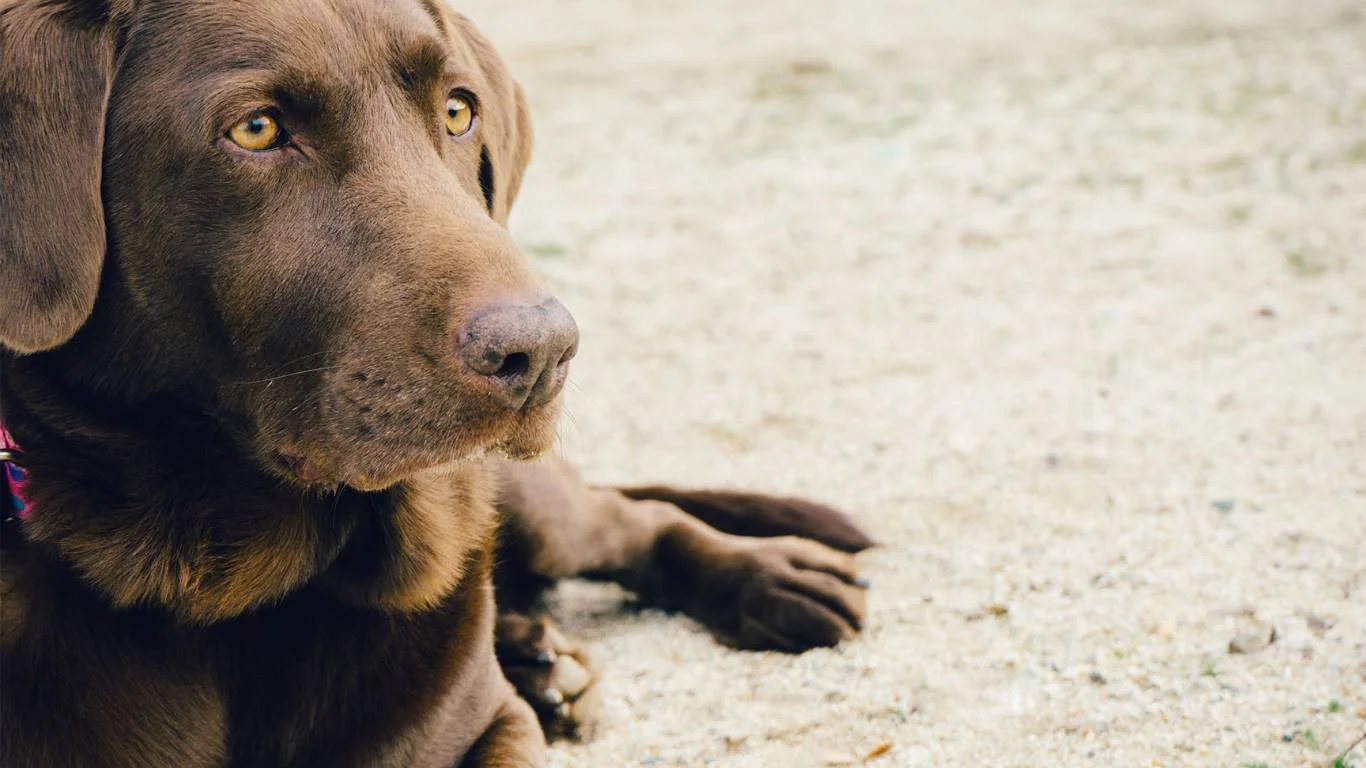
If your pup has a history of limping, it might be time to think about long-term strength building. I’ve worked with many clients on creating simple at-home rehab routines that help dogs build muscle, stability, and confidence in their movements. It’s especially important for dogs with arthritis, hip dysplasia, or previous injuries.
Balance Training
You don’t need fancy equipment. A couch cushion or folded yoga mat can work wonders for proprioception (your dog’s sense of body awareness). Have your dog stand on the soft surface for 30 seconds at a time, gradually increasing the duration. This kind of work helps strengthen supporting muscles that keep joints stable.
Weight Management is Everything
This is a big one. Even a few extra pounds can stress your dog’s joints, especially after walks. I’ve had dogs shed just 5-10% of their weight and suddenly stop limping altogether. If you’re not sure what a healthy weight looks like for your breed, ask your vet for a body condition score check.
Incorporate Low-Impact Exercise
Swimming, short hikes on soft trails, or even indoor nose work can keep your dog active without overloading their joints. My senior Aussie, Jasper, does short “sniffari” walks around the block—great mental stimulation without the high impact of long runs.
When It’s Time to Call in the Pros

If your dog is still limping after multiple walks or you feel like you’ve tried everything, don’t wait too long to involve your vet—or even a veterinary rehab specialist. Early intervention often leads to better outcomes. In my clinic days, I saw a ton of success when clients followed a multidisciplinary plan: vet, nutrition, rehab, and sometimes even acupuncture or laser therapy.
- Ask about pain management options—including supplements, prescription meds, or alternative therapies.
- Consider imaging (X-rays or ultrasound) if the limp is mysterious or persistent.
- Revisit your dog’s exercise routine with professional input.
Sometimes, it’s not just about healing but about creating a sustainable lifestyle that works for your dog’s age, condition, and energy level. Trust your gut—if your dog seems “off,” even a little, you’re probably right to investigate.
Final Thoughts: Stay Observant, Stay Involved
Helping your dog recover from a limp and preventing it from coming back takes a mix of awareness, care, and patience. You don’t have to be perfect—you just have to stay curious and proactive. That combo makes you the best advocate for your pup’s comfort and health.
And remember, you don’t have to go it alone. Your vet, trainers, rehab pros, and even experienced pet parents can be amazing allies. I’ve learned so much just by listening to other dog owners share what worked for them. Community matters—especially when it comes to our four-legged friends.
References
Disclaimer
This article is for informational purposes only and is not a substitute for professional veterinary advice, diagnosis, or treatment. Always consult your veterinarian or a qualified pet health provider with any questions you may have about a medical condition.

